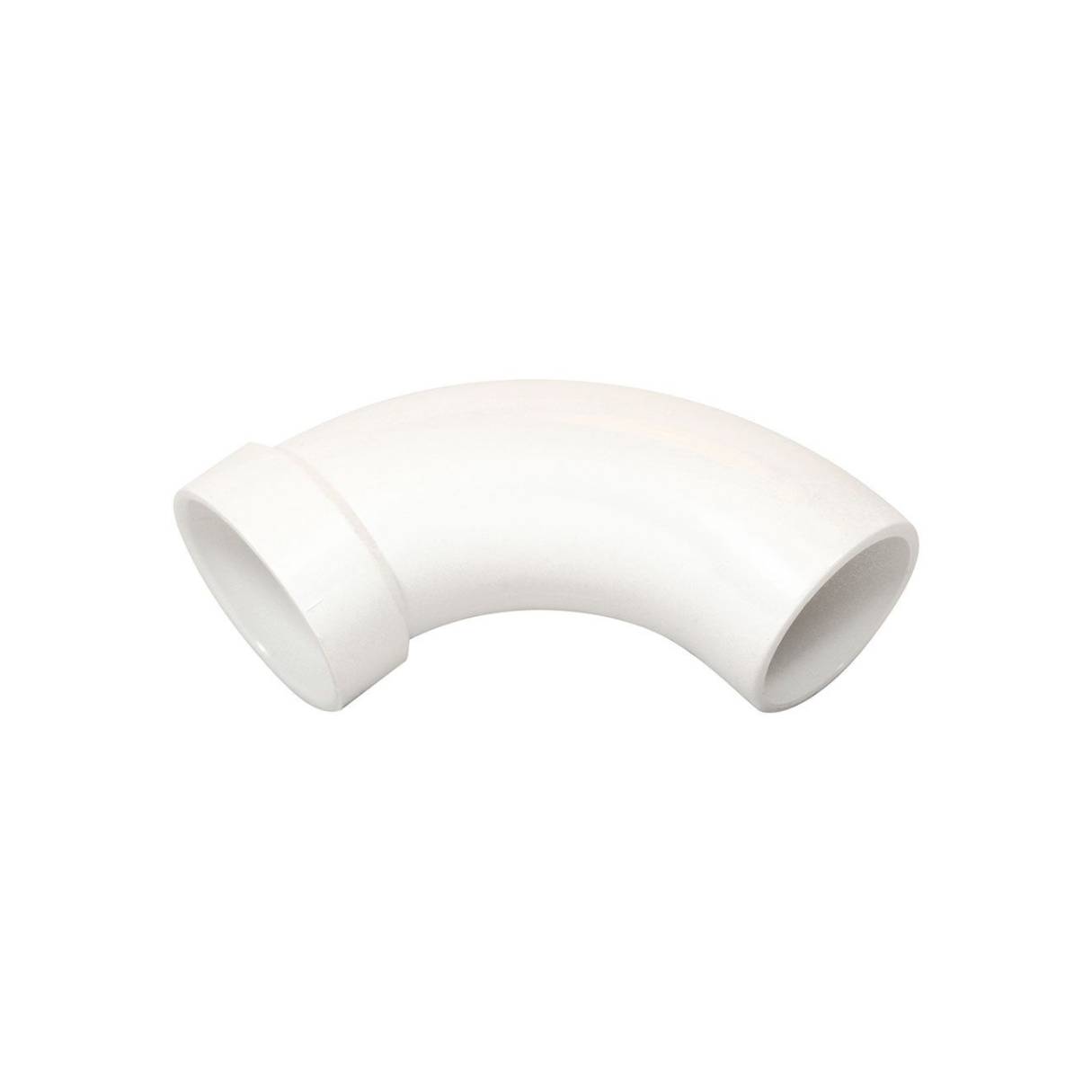

Articles
What Is A 1/4 Bend In Plumbing
Modified: May 6, 2024
Learn about the 1/4 bend in plumbing and its significance in this informative article. Gain insights and tips on plumbing fixtures and installations.
(Many of the links in this article redirect to a specific reviewed product. Your purchase of these products through affiliate links helps to generate commission for Storables.com, at no extra cost. Learn more)
Introduction
In the world of plumbing, various fittings and components are used to ensure the smooth flow and proper disposal of water and waste. One such important fixture is the 1/4 bend. A 1/4 bend, also known as a 90-degree elbow, is a plumbing fitting that allows for the change in direction of a pipe by 90 degrees. This fitting plays a crucial role in connecting pipes and facilitating the efficient movement of water and sewage in plumbing systems.
In this article, we will delve deeper into the concept of a 1/4 bend in plumbing, understanding its definition, purpose, installation process, and common issues associated with it. We will also provide some maintenance tips to ensure the longevity and functionality of 1/4 bends in your plumbing system.
So, if you’re eager to gain insights into the world of plumbing and understand how 1/4 bends contribute to the smooth functioning of your pipes, read on!
Key Takeaways:
- 1/4 bends are essential in plumbing for changing pipe direction, ensuring smooth flow, and preventing clogs. Regular maintenance and proper installation are crucial for optimal performance and longevity.
- Choosing the right material for 1/4 bends, such as PVC, ABS, copper, or stainless steel, is vital for compatibility and durability. Addressing common issues like leaks and clogs promptly can prevent costly repairs and maintain efficient plumbing systems.
Read more: What Is Plumbing?
Definition of a 1/4 Bend in Plumbing
A 1/4 bend is a plumbing fitting that is designed to change the direction of a pipe by 90 degrees. It is called a 1/4 bend because it turns the pipe one-quarter of a full circle. This fitting is commonly used in plumbing systems to connect pipes in areas where a change of direction is required, such as around corners or obstacles.
The 1/4 bend fitting consists of two openings, one on each end, which allow pipes to be connected in a perpendicular direction. The two ends of the fitting are typically of the same size to ensure a secure and tight fit when joining pipes together. The inner surface of the fitting is smooth to facilitate the smooth flow of water or sewage without any obstructions or disruptions.
1/4 bends are available in various materials, including PVC (polyvinyl chloride), ABS (acrylonitrile butadiene styrene), and copper, allowing them to be compatible with different plumbing systems and piping materials.
The specific dimensions and measurements of a 1/4 bend can vary depending on the application and the size of the pipes it is used to connect. These fittings come in various sizes, ranging from half an inch to several inches in diameter, ensuring compatibility with different pipe sizes used in plumbing systems.
Overall, a 1/4 bend is a fundamental plumbing fitting that provides a reliable and efficient solution for changing the direction of pipes in plumbing systems, allowing for the smooth flow of water and waste.
Purpose of a 1/4 Bend in Plumbing
The primary purpose of a 1/4 bend in plumbing is to enable a change in the direction of a pipe by 90 degrees. This fitting is essential in situations where a pipe needs to navigate around corners or obstacles, ensuring the efficient and effective flow of water or sewage within a plumbing system.
One of the main purposes of using a 1/4 bend is to provide a seamless transition and maintain a consistent flow of water or waste. By smoothly changing the direction of the pipe, a 1/4 bend minimizes any disruptions or disturbances in the flow, preventing blockages or backups in the plumbing system.
Another purpose of a 1/4 bend is to ensure proper drainage. In a plumbing system, wastewater needs to flow downhill from fixtures to the main sewer line or septic tank. The 1/4 bend helps in redirecting the wastewater from vertical drains to the horizontal sewer line, maintaining the necessary slope for gravity to assist in the drainage process.
Additionally, the 1/4 bend plays a crucial role in joining pipes together. It provides a secure and reliable connection, preventing leaks and ensuring the overall integrity of the plumbing system. The smooth inner surface of the fitting minimizes turbulence and accumulation of debris, allowing for a consistent flow of water or waste.
Furthermore, a 1/4 bend contributes to efficient space utilization in plumbing installations. It allows for pipes to be routed in tight or confined spaces, such as under sinks, behind walls, or through floors. The compact size of the fitting ensures that the plumbing system can be installed with minimal obstructions and interference.
Overall, the purpose of a 1/4 bend in plumbing is to facilitate a smooth change in pipe direction, maintain the flow of water or waste, ensure proper drainage, provide a secure connection, and optimize space utilization in plumbing installations.
Materials Used in Making a 1/4 Bend
1/4 bends are manufactured using various materials, each offering different advantages and suitable for different plumbing applications. The choice of material depends on factors such as the type of plumbing system, the intended use, and compatibility with other components.
Here are some common materials used in making a 1/4 bend:
- PVC (Polyvinyl Chloride): PVC 1/4 bends are commonly used in residential and commercial plumbing systems. PVC is a lightweight and durable material that is resistant to corrosion, chemicals, and UV rays. It is also cost-effective and easy to install. PVC 1/4 bends are available in various sizes, making them suitable for different pipe diameters.
- ABS (Acrylonitrile Butadiene Styrene): ABS 1/4 bends are widely used in drain, waste, and vent (DWV) systems. ABS is a rigid thermoplastic material known for its high impact strength and resistance to chemicals. ABS fittings are lightweight and easy to install, providing a reliable connection for DWV piping.
- Copper: Copper 1/4 bends are commonly used in residential plumbing systems, particularly for hot and cold water supply lines. Copper is a durable material with excellent corrosion resistance. It is also known for its antimicrobial properties, making it a hygienic choice for plumbing fittings. Copper 1/4 bends are soldered or brazed for secure connections.
- Cast Iron: Cast iron 1/4 bends are used in older plumbing systems and in commercial and industrial applications. Cast iron is a heavy and durable material that provides excellent strength and resistance to high temperatures and pressure. Cast iron fittings are joined using gaskets and bolts or hub connections for a watertight seal.
- Stainless Steel: Stainless steel 1/4 bends are primarily used in commercial and industrial plumbing systems where corrosion resistance and durability are essential. Stainless steel provides excellent strength and can withstand high temperatures and pressure. It is often used in corrosive environments or where sanitation is critical.
These are just a few examples of the materials commonly used in manufacturing 1/4 bends. It’s crucial to select the appropriate material based on the specific requirements and regulations of your plumbing system.
A 1/4 bend in plumbing is a fitting that is used to change the direction of a pipe by 90 degrees. It is commonly used in drainage systems to connect horizontal pipes to vertical ones. When installing a 1/4 bend, make sure to use the appropriate size and material for your specific plumbing system to ensure a proper and secure fit.
Installation Process of a 1/4 Bend
The installation process of a 1/4 bend in plumbing involves a few simple steps to ensure a secure and leak-free connection. Here is a general guide on how to install a 1/4 bend:
- Prepare the Pipes: Before installing the 1/4 bend, ensure that the pipes are clean, smooth, and free from any debris or burrs. Use sandpaper or a pipe cleaner to remove any rough edges or dirt.
- Measure and Cut: Measure the length of pipe that needs to be connected using the 1/4 bend. Use a suitable saw or pipe cutter to make a straight cut on the pipe at the desired location.
- Dry Fit: Before applying any adhesive or sealant, dry fit the 1/4 bend onto the pipe to check for proper alignment and fit. Ensure that the fitting is oriented correctly for the desired change in direction.
- Apply Adhesive: Apply a generous amount of PVC or ABS solvent cement to the end of the pipe and the inside of the 1/4 bend fitting. Make sure to evenly coat the surfaces that will be joined together.
- Join the Pipes: Insert the pipe into the fitting, twisting it slightly to ensure an even distribution of the cement. Push the pipe fully into the fitting until it reaches the stop inside the fitting. Hold the pipe in place for a few seconds to allow the cement to set and create a strong bond.
- Wipe off Excess Cement: Use a clean cloth or rag to wipe off any excess cement that may have squeezed out from the joint. Clean the area surrounding the joint to ensure a neat and tidy installation.
- Allow for Proper Cure Time: Follow the manufacturer’s instructions regarding the cure time for the adhesive. It is important to allow sufficient time for the cement to fully dry and create a strong, leak-free connection.
- Test for Leaks: Once the adhesive has cured, test the installed 1/4 bend for any leaks. Run water through the pipes and check for any signs of water dripping or seepage around the joint. If there are no leaks, the installation is successful.
Keep in mind that the specific installation process may vary depending on the type of material used for the 1/4 bend and the plumbing system in place. It is always recommended to refer to the manufacturer’s instructions and consult a professional plumber if needed.
Read more: How To Bend Glass
Common Issues with 1/4 Bends
While 1/4 bends are essential components in plumbing systems, they can encounter certain issues that may affect their functionality and performance. Understanding these common issues can help you identify and address them promptly. Here are some common issues that may arise with 1/4 bends:
- Leaks: Leaks can occur around the joints of 1/4 bends if they are not installed correctly or if the adhesive or sealant used is ineffective. Leaks can lead to water damage, mold growth, and reduced water pressure. Regularly inspect the joints of 1/4 bends for any signs of leaks and address them promptly.
- Clogs: 1/4 bends, particularly those in drainage systems, can become susceptible to clogs due to the accumulation of debris, sediment, hair, and other residues. Clogs can restrict or block the flow of water, leading to backups and overflows. To prevent clogs, avoid flushing or draining substances that can cause blockages and periodically clean out the pipes.
- Corrosion and Rust: Depending on the material used for the 1/4 bend, such as cast iron or steel, corrosion and rust can occur over time. Corrosion weakens the structure of the fittings, leading to leaks and potential pipe failures. Regular inspections and maintenance can help identify signs of corrosion and address them before they worsen.
- Improper Alignment: Improper alignment during installation can lead to stress on the joints and pipes connected to the 1/4 bend. Over time, this can cause leaks, cracks, or even pipe bursts. Ensuring the proper alignment during installation and regularly checking for any misalignment can help prevent these issues.
- Poor Quality Material: The use of low-quality or substandard materials for 1/4 bends can result in premature wear and tear, leading to leaks or failures. It is essential to choose fittings made from reputable manufacturers and durable materials suitable for the specific plumbing application.
- Inadequate Support: Insufficient support for the 1/4 bends and connected pipes can cause them to sag or move out of alignment over time. This can put stress on the fittings and lead to leaks or failures. Proper support, such as hangers or brackets, should be installed to ensure the stability and longevity of the 1/4 bends.
Regular inspection, maintenance, and timely addressing of these common issues can help ensure the optimal performance and longevity of 1/4 bends in your plumbing system. If you encounter any significant problems or are unsure how to address them, it is advisable to consult a professional plumber for assistance.
Maintenance Tips for 1/4 Bends
Maintaining the proper functioning of 1/4 bends in your plumbing system is crucial for the smooth flow of water and waste. By following these maintenance tips, you can ensure the longevity and efficiency of your 1/4 bends:
- Regular Inspections: Periodically inspect the 1/4 bends in your plumbing system to check for any signs of leaks, cracks, or corrosion. Look for water stains, dampness, or discoloration around the fittings. Early detection of issues allows for timely repairs or replacements.
- Keep Drains Clear: Prevent clogs by avoiding the disposal of grease, oil, and large objects down the drains. Use drain covers or strainers to catch solid debris and clean them regularly. Consider using drain cleaners or enzymatic agents to keep the drains clean and free-flowing.
- Address Leaks Promptly: If you notice any leaks around the 1/4 bend fittings, take immediate action to address them. Leaks can worsen over time, leading to water damage and mold growth. Replace damaged or worn-out fittings and ensure proper installation with adequate sealant or adhesive.
- Support the Pipes: Ensure that the 1/4 bends and connected pipes are adequately supported with hangers, brackets, or clamps. This helps to distribute the weight evenly and prevent stress or strain on the fittings.
- Prevent Freezing: In cold climates, protect the 1/4 bends and pipes from freezing by insulating them. Frozen pipes can expand and cause cracks or bursts in the fittings. Use foam pipe insulation or heat tape to safeguard against freezing.
- Monitor Water Pressure: Excessive water pressure can strain the 1/4 bends and other plumbing components. Install a pressure regulator to maintain the water pressure within the recommended range and prevent unnecessary stress on the fittings.
- Utilize Professional Help: If you are unsure about any maintenance tasks or face major issues with your plumbing system, it is advisable to seek professional assistance. Plumbers have the expertise and tools necessary to handle complex repairs or replacements.
Following these maintenance tips will help you prevent potential problems with your 1/4 bends and ensure the proper functioning of your plumbing system. Remember, regular inspections and proactive maintenance are key to avoiding costly repairs and maintaining the efficiency of your plumbing system.
Conclusion
Throughout this article, we have explored the world of 1/4 bends in plumbing and gained a deeper understanding of their significance in maintaining a functional and efficient plumbing system. From their definition as 90-degree elbows to their purpose in facilitating directional changes, 1/4 bends play a crucial role in ensuring the smooth flow of water and waste.
We have examined the materials used in making 1/4 bends, including PVC, ABS, copper, cast iron, and stainless steel, each offering unique advantages and suitable for different plumbing applications. Additionally, we have discussed the installation process and important considerations such as measuring, cutting, and proper alignment for secure connections.
Furthermore, we have highlighted common issues that may arise with 1/4 bends, such as leaks, clogs, corrosion, poor alignment, and inadequate support. Proper maintenance, regular inspections, and timely repairs are essential in addressing these issues and preventing further damage to the plumbing system.
By following the maintenance tips outlined in this article, including regular inspections, keeping drains clear, addressing leaks promptly, supporting pipes properly, and preventing freezing, you can preserve the longevity and efficient functionality of your 1/4 bends.
In conclusion, understanding the role of 1/4 bends in plumbing systems empowers homeowners and professionals alike to make informed decisions about their installation, maintenance, and repair. Proper installation, adherence to material compatibility, and regular maintenance will ensure the optimal performance of your plumbing system for years to come.
Remember, if you encounter any significant issues or are unsure about performing maintenance tasks, it is always recommended to seek the assistance of a professional plumber who can provide expert guidance and solutions tailored to your specific plumbing needs.
Now that you've got a handle on what a 1/4 bend in plumbing entails, why not keep the momentum going? For those eager to stay ahead of the curve in home improvement, our next feature on superior plumbing fittings is a must-read. These insights will surely prepare any DIY enthusiast or seasoned professional for the upcoming changes and trends in the plumbing industry.
Frequently Asked Questions about What Is A 1/4 Bend In Plumbing
Was this page helpful?
At Storables.com, we guarantee accurate and reliable information. Our content, validated by Expert Board Contributors, is crafted following stringent Editorial Policies. We're committed to providing you with well-researched, expert-backed insights for all your informational needs.
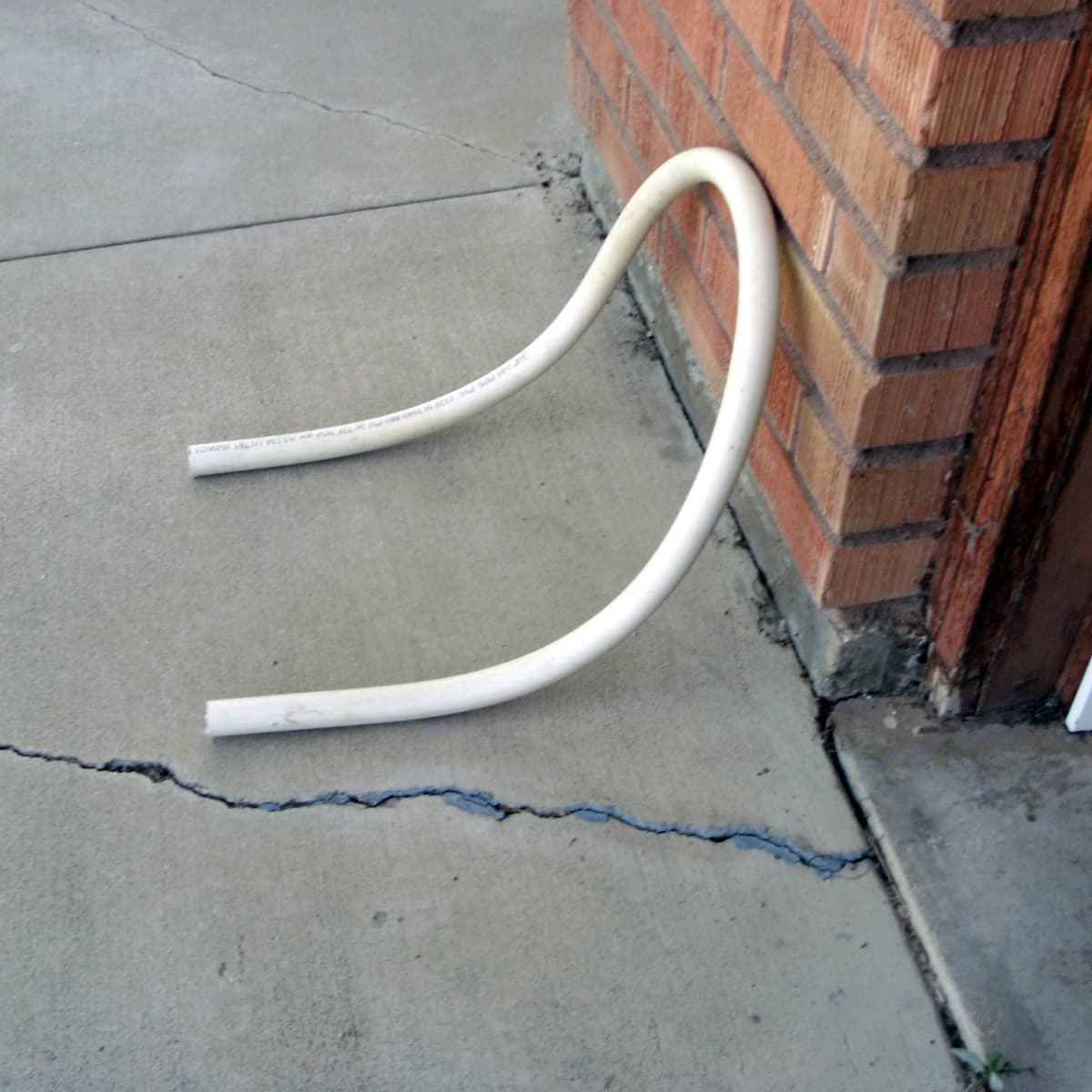
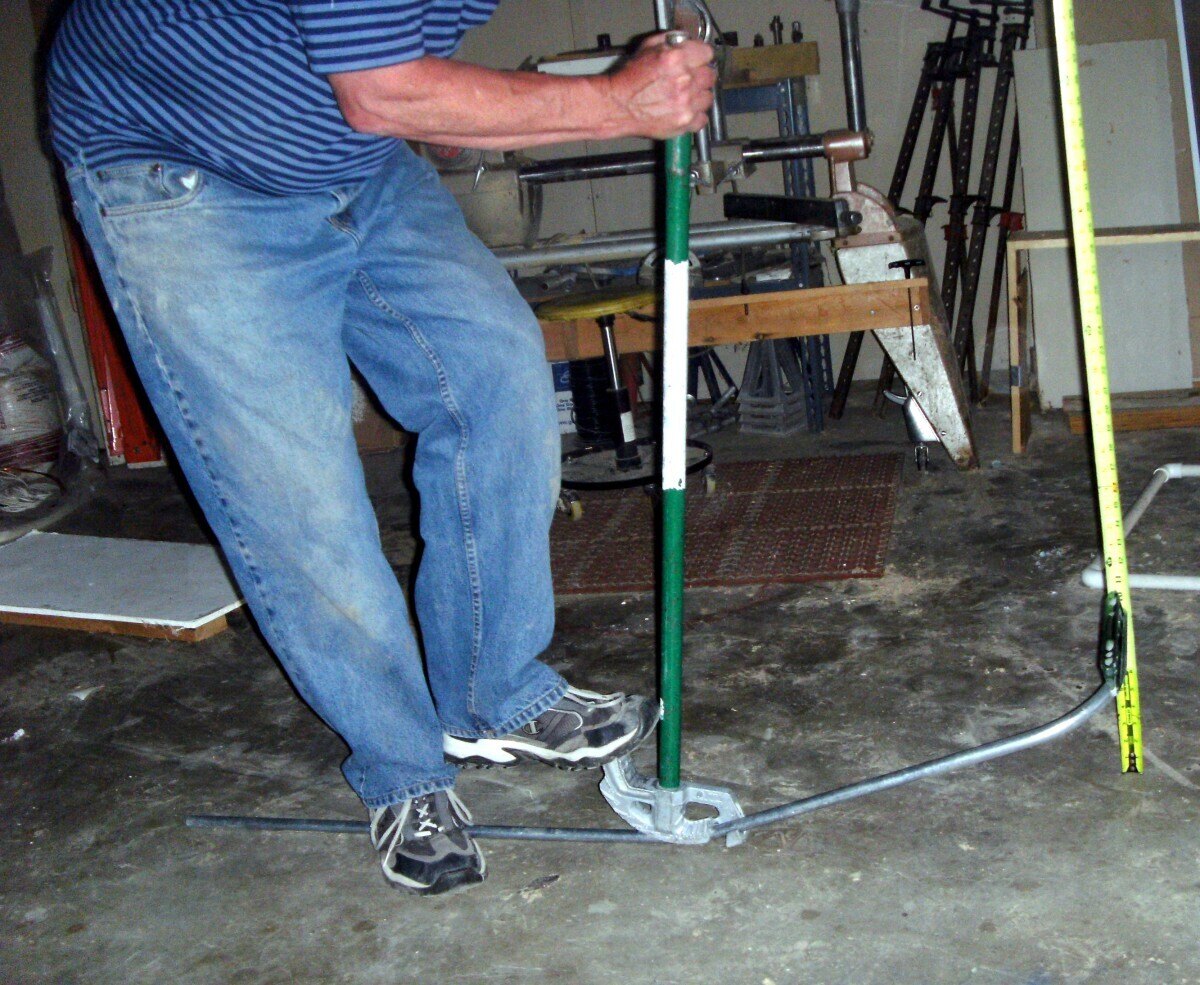
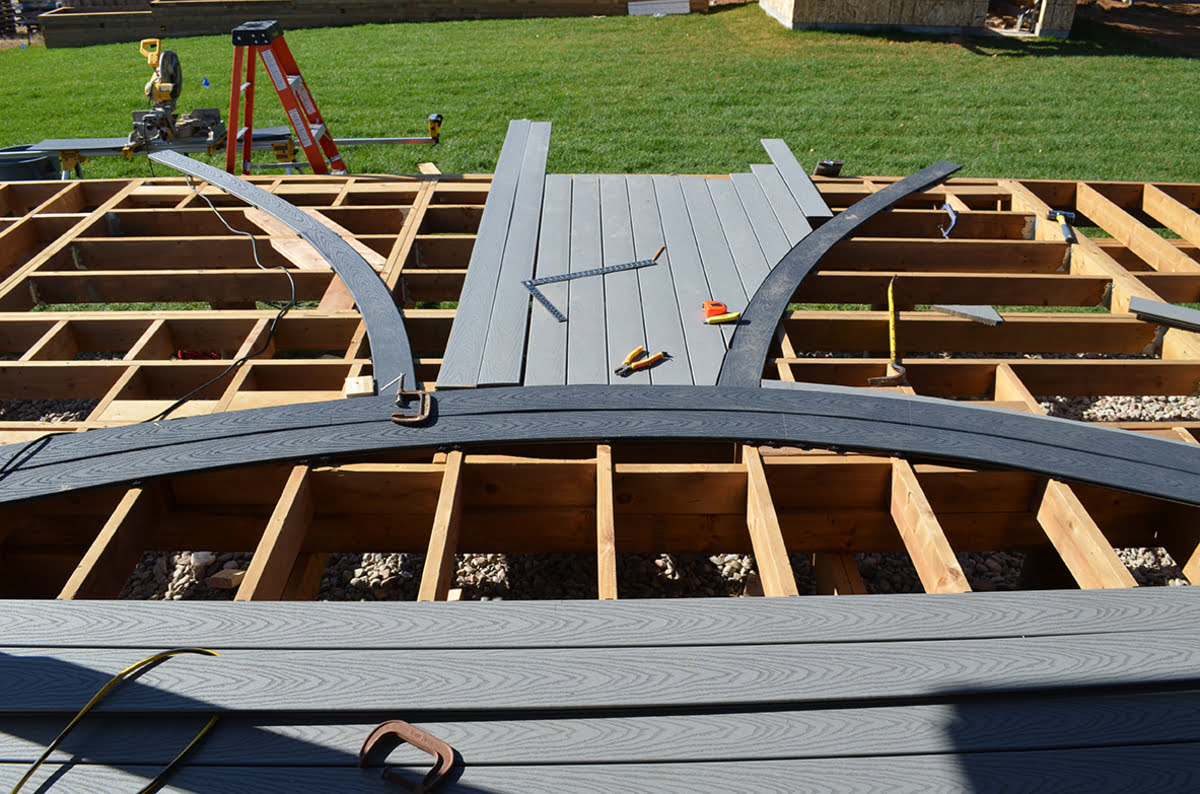
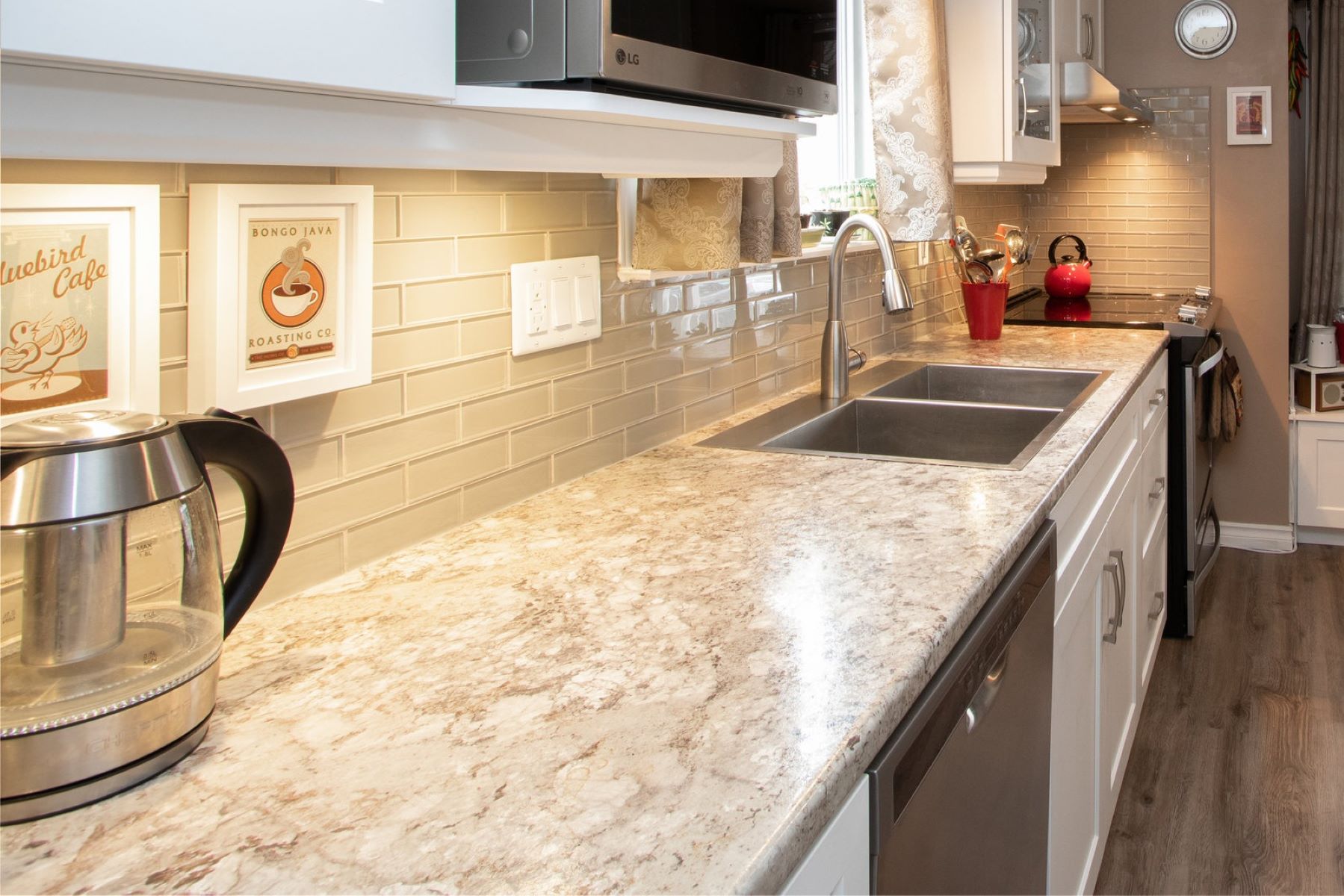
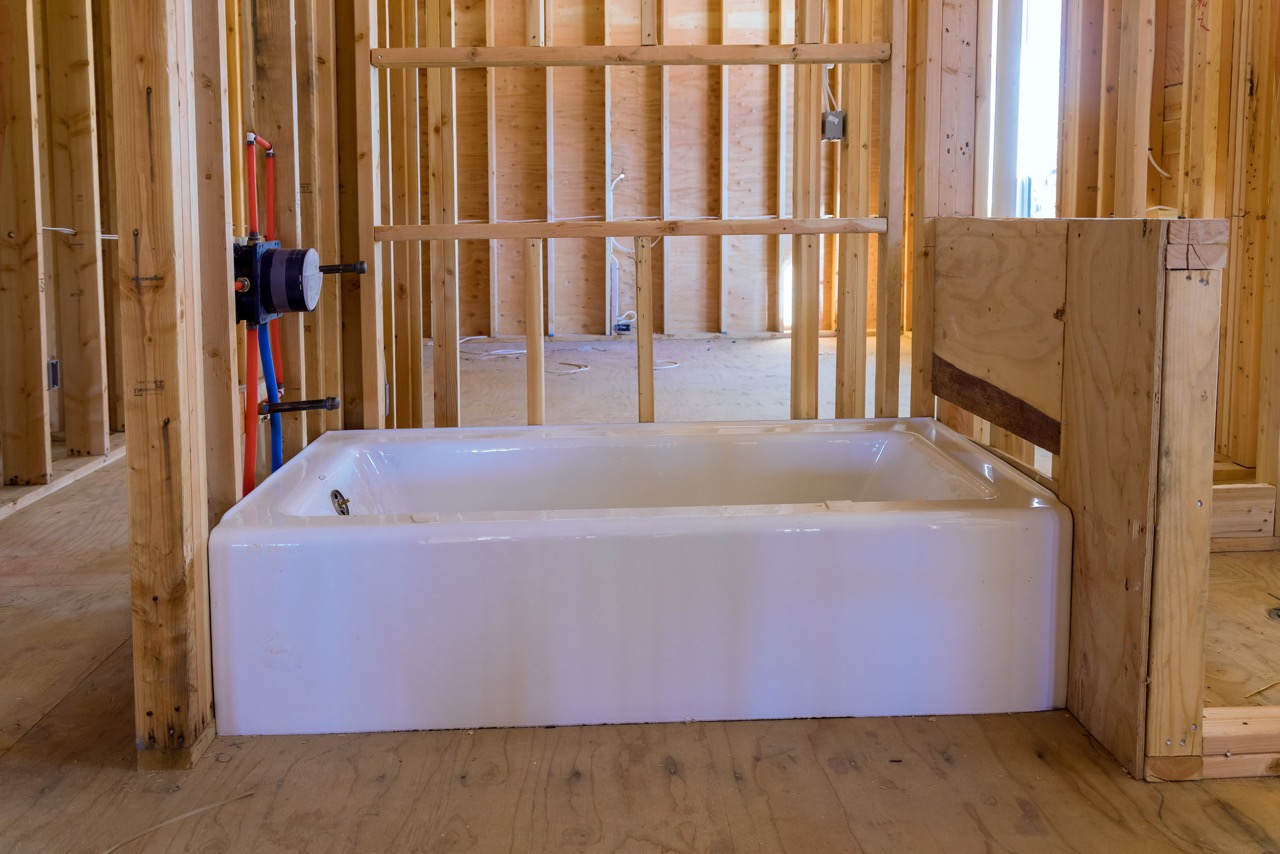
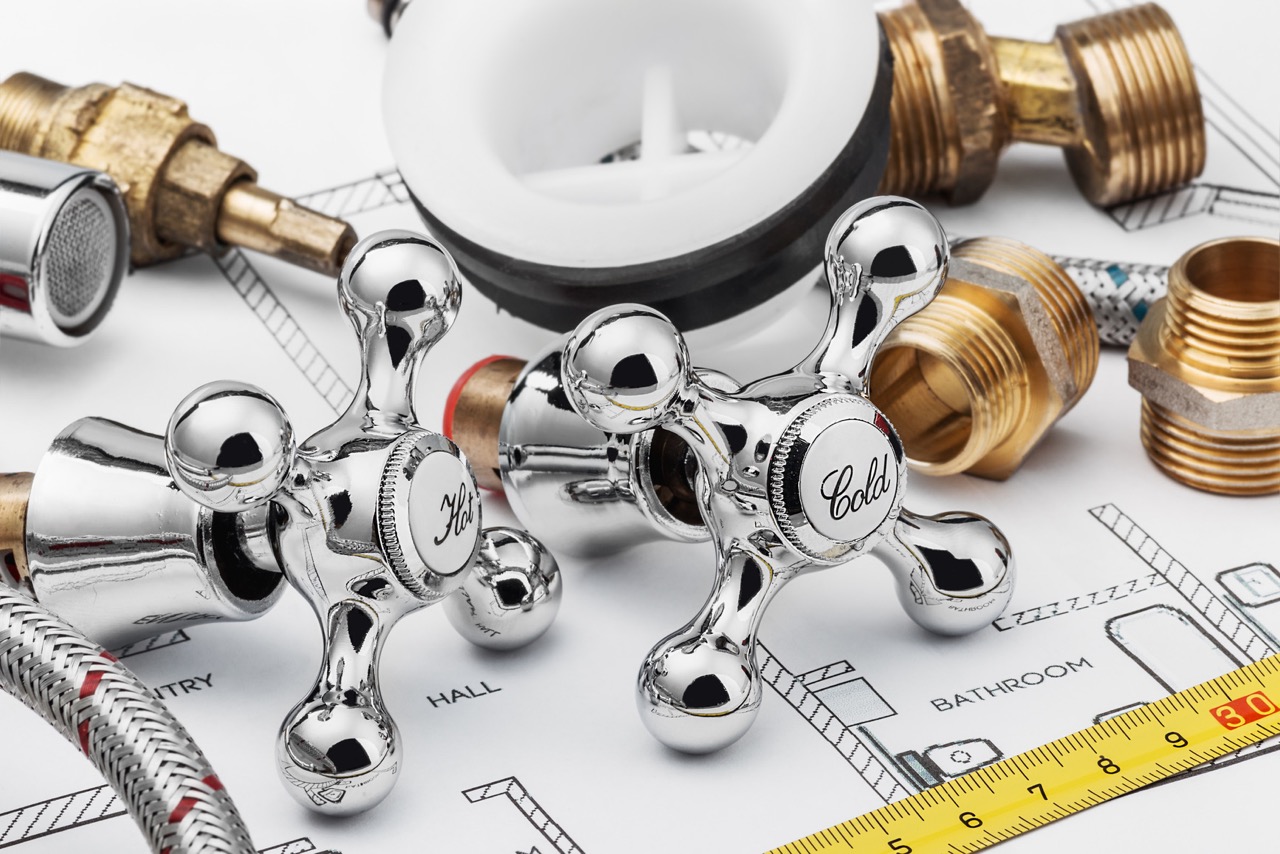
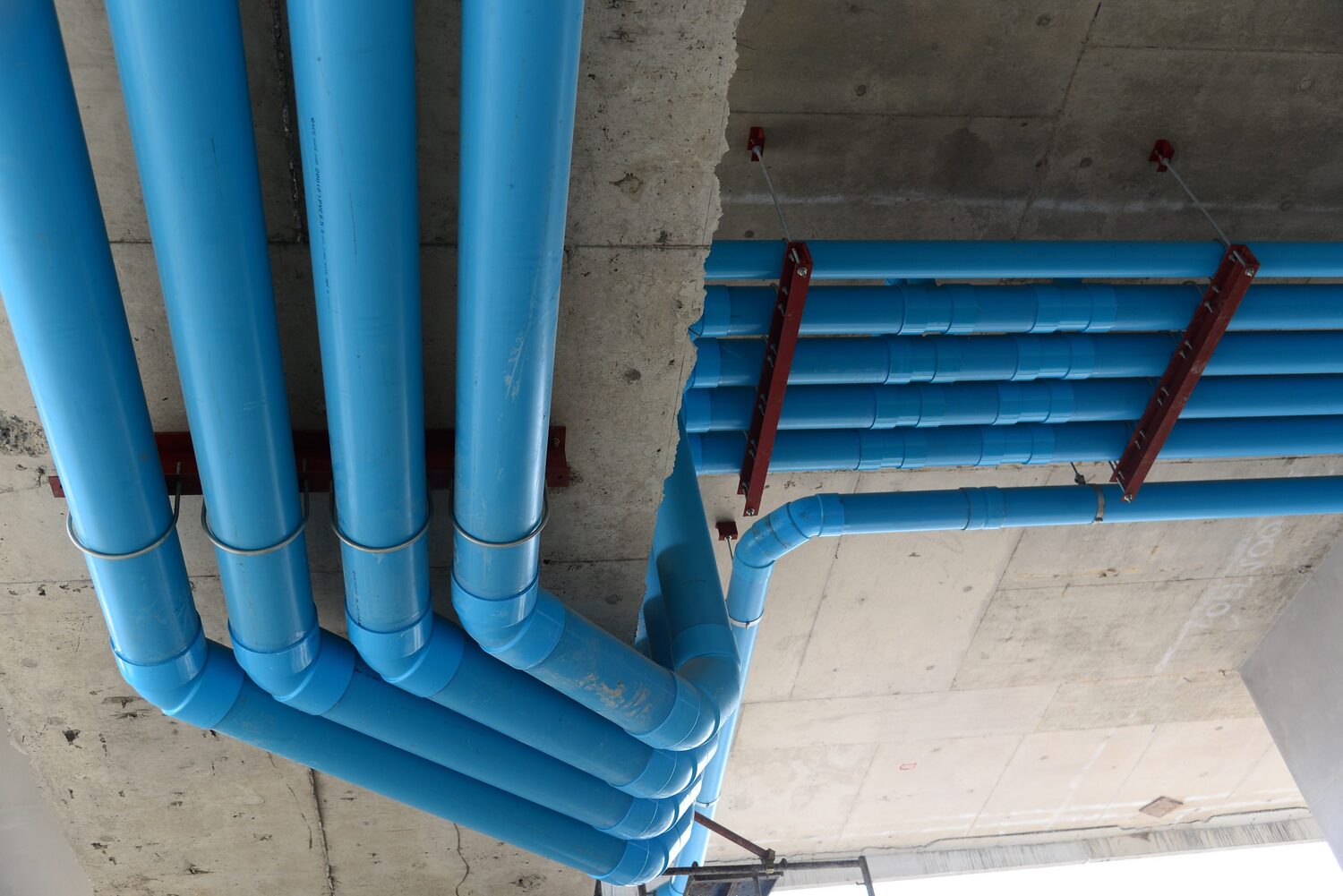
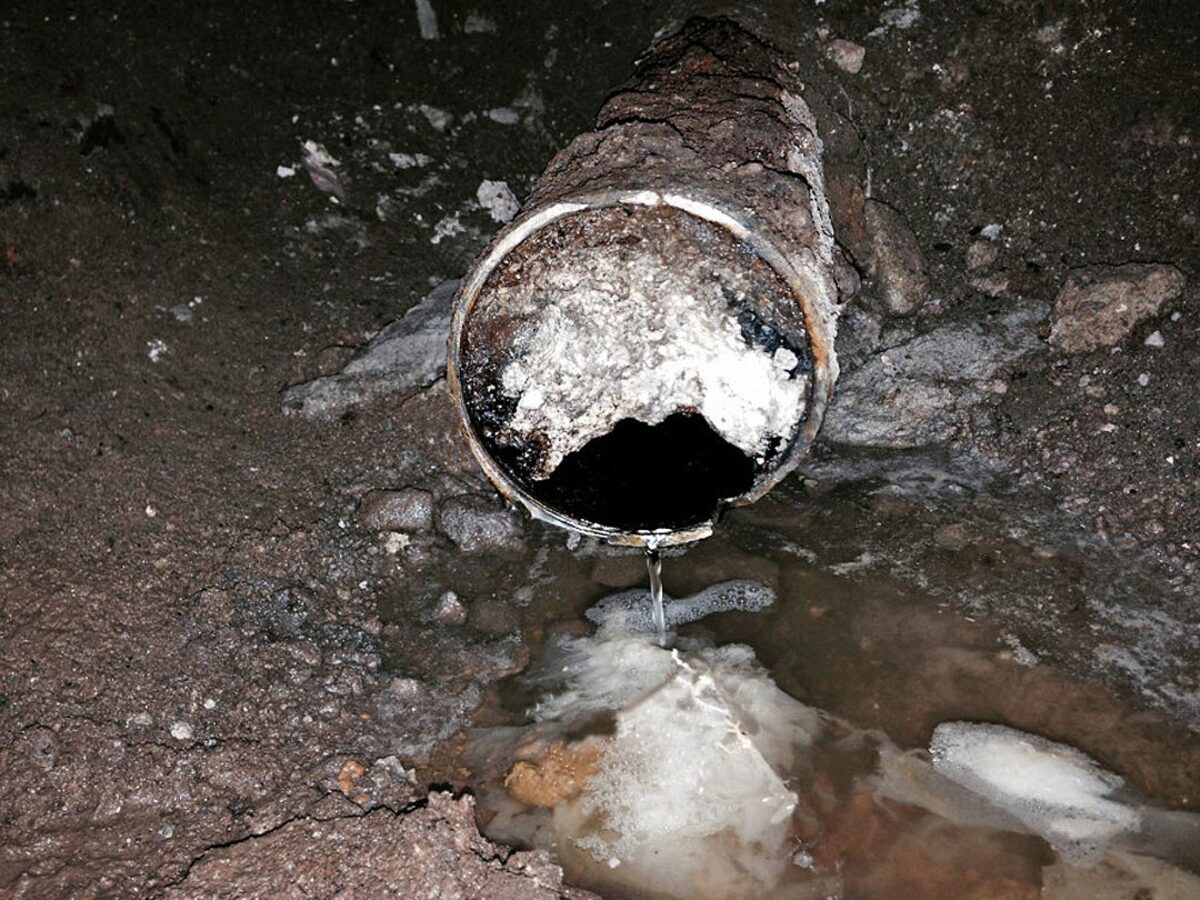
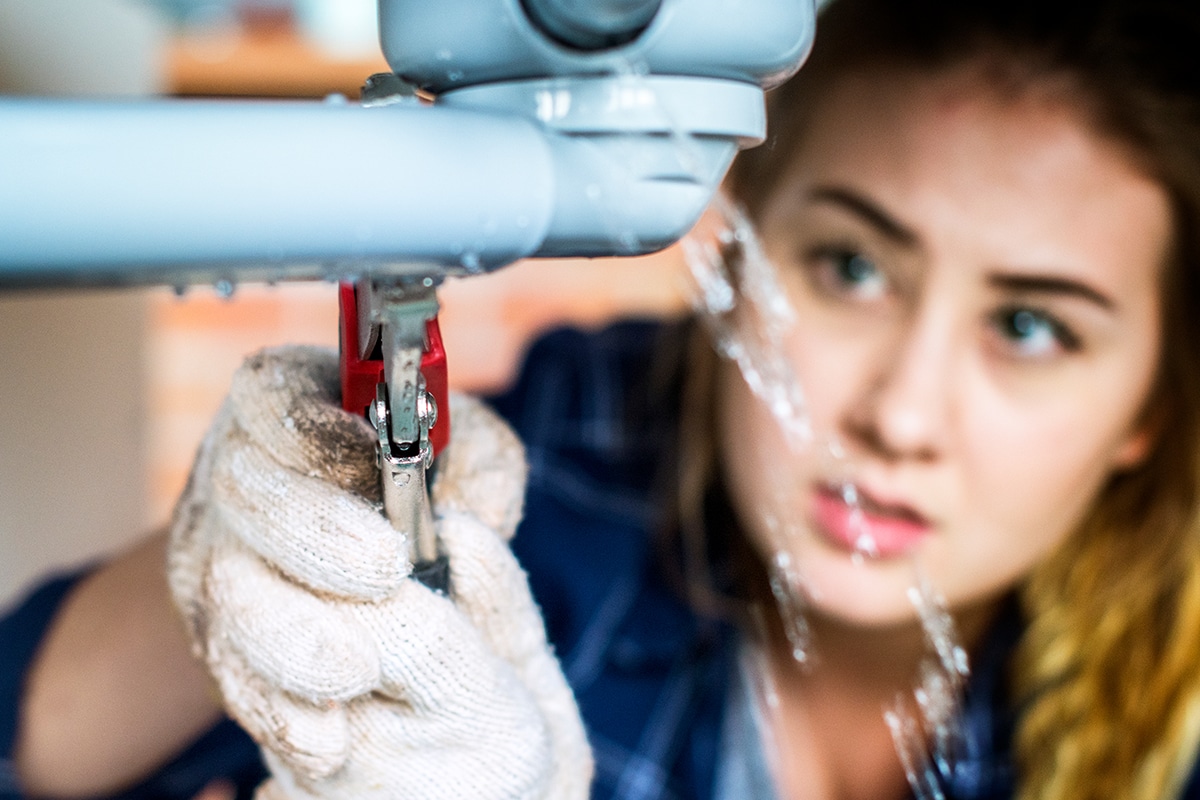
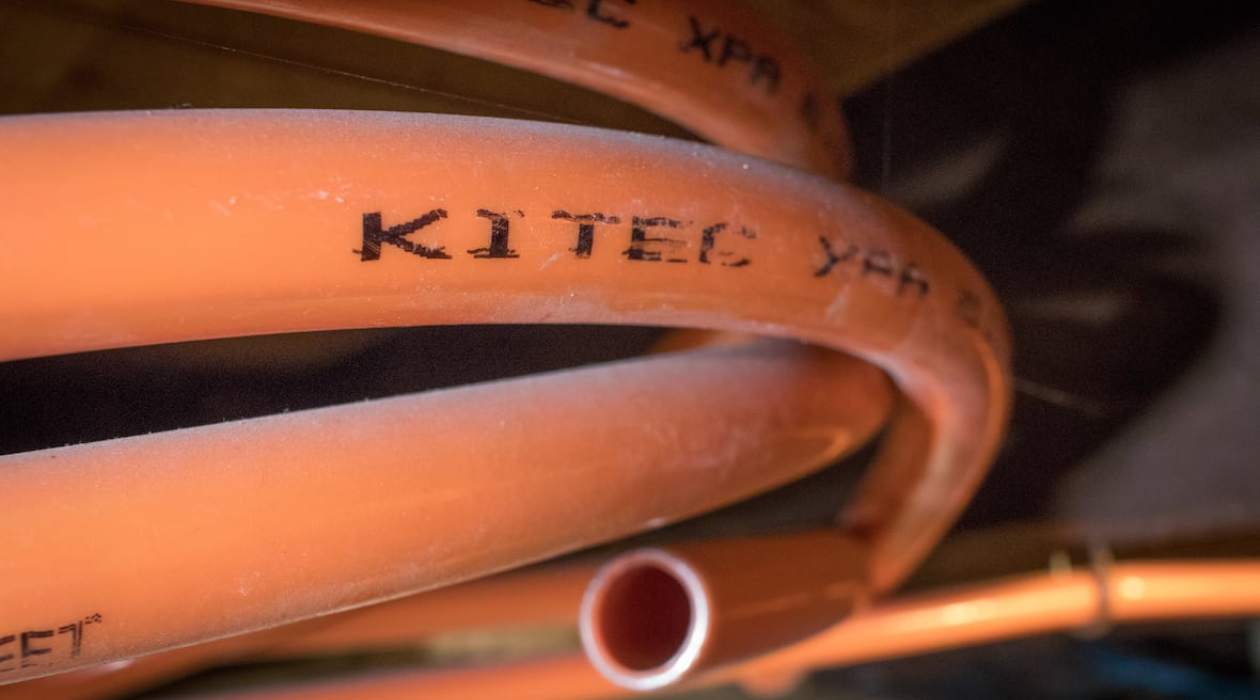
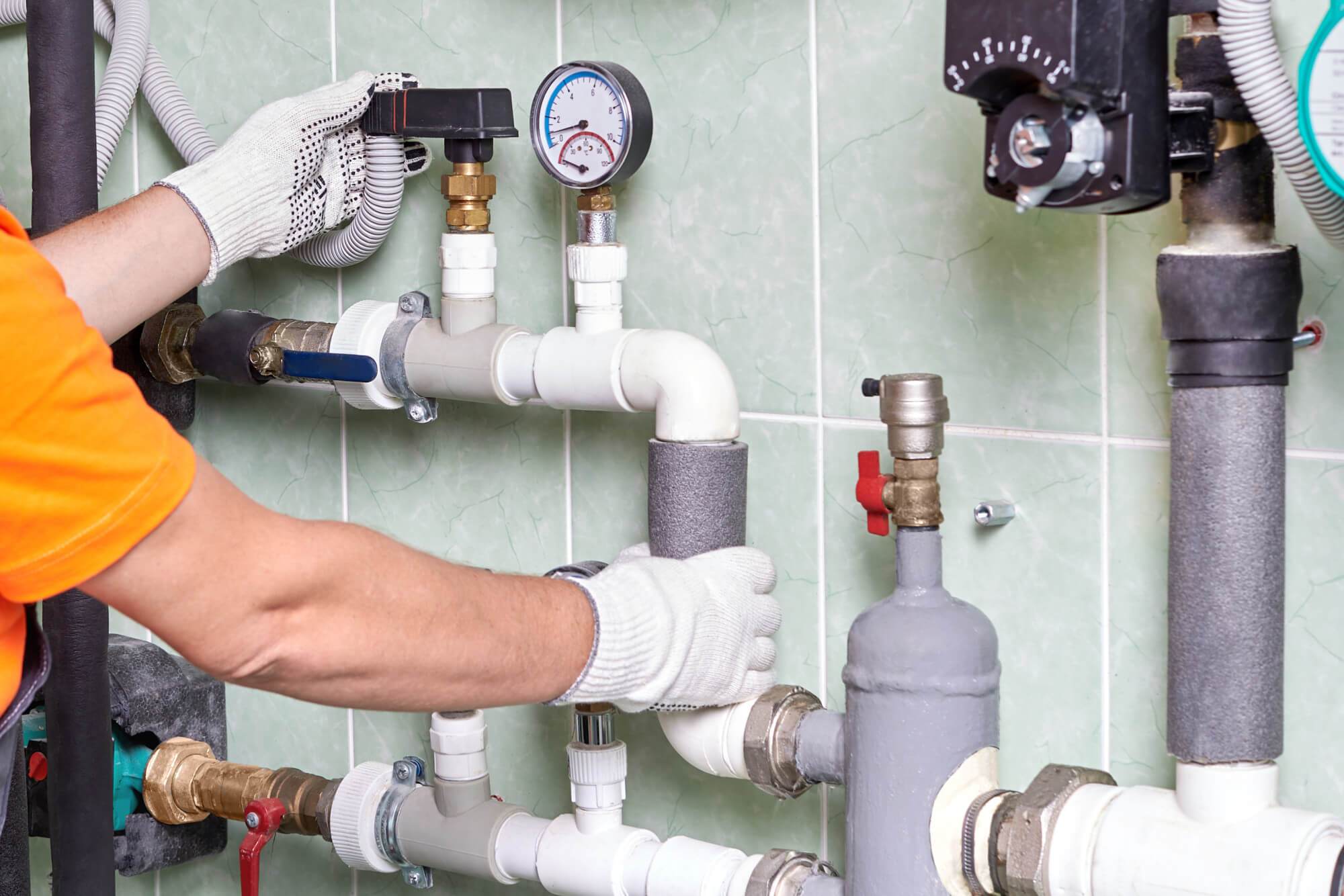
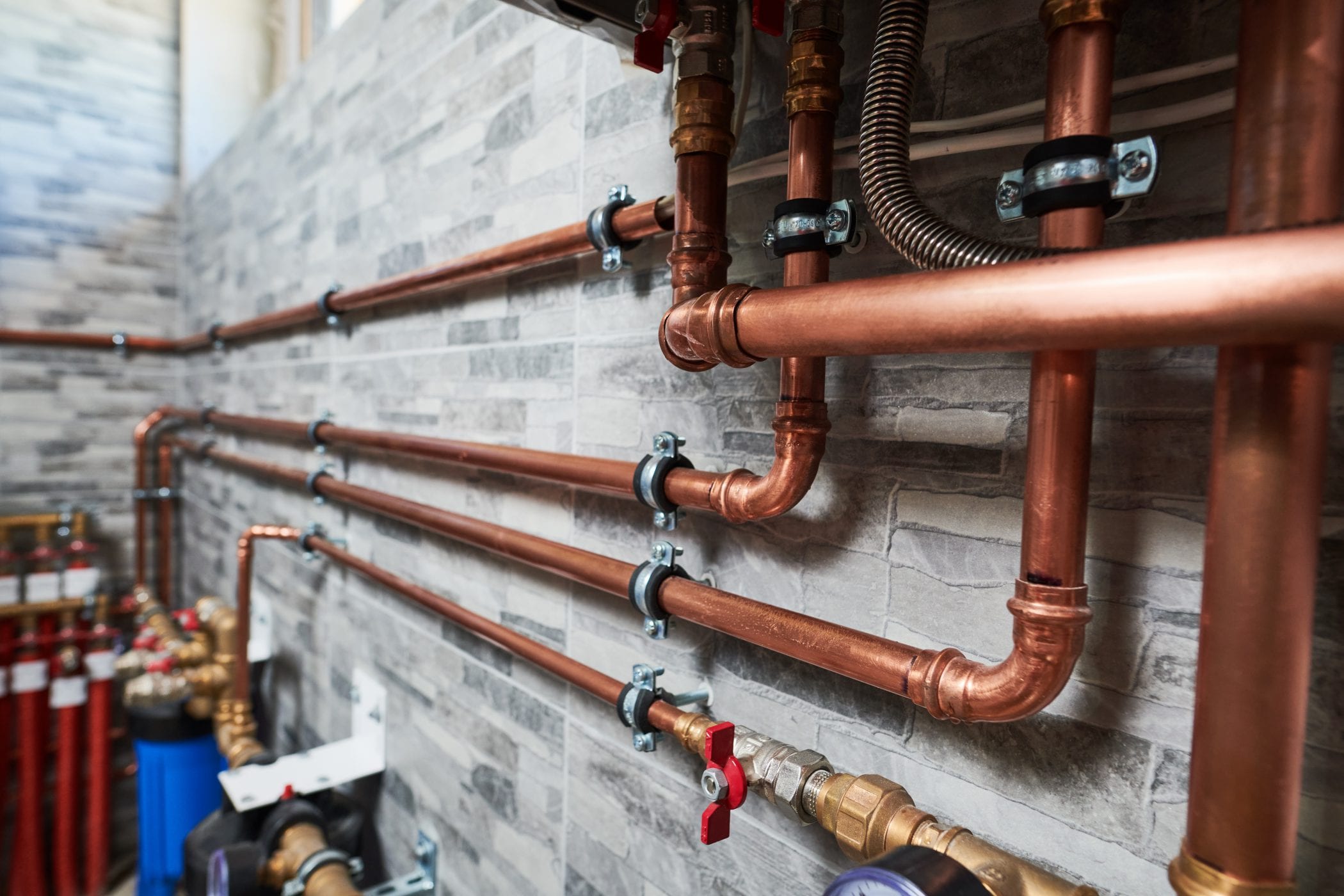
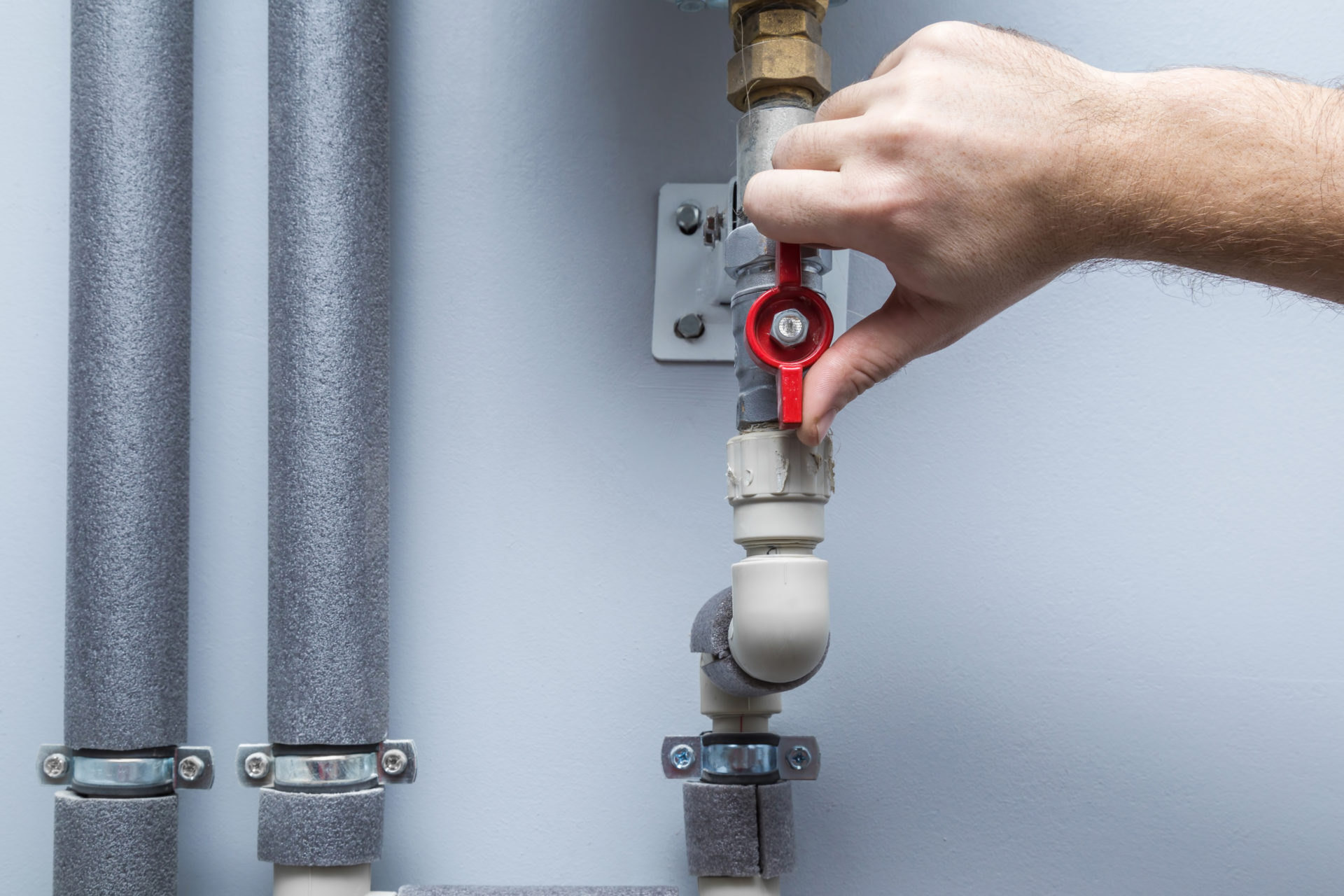


0 thoughts on “What Is A 1/4 Bend In Plumbing”